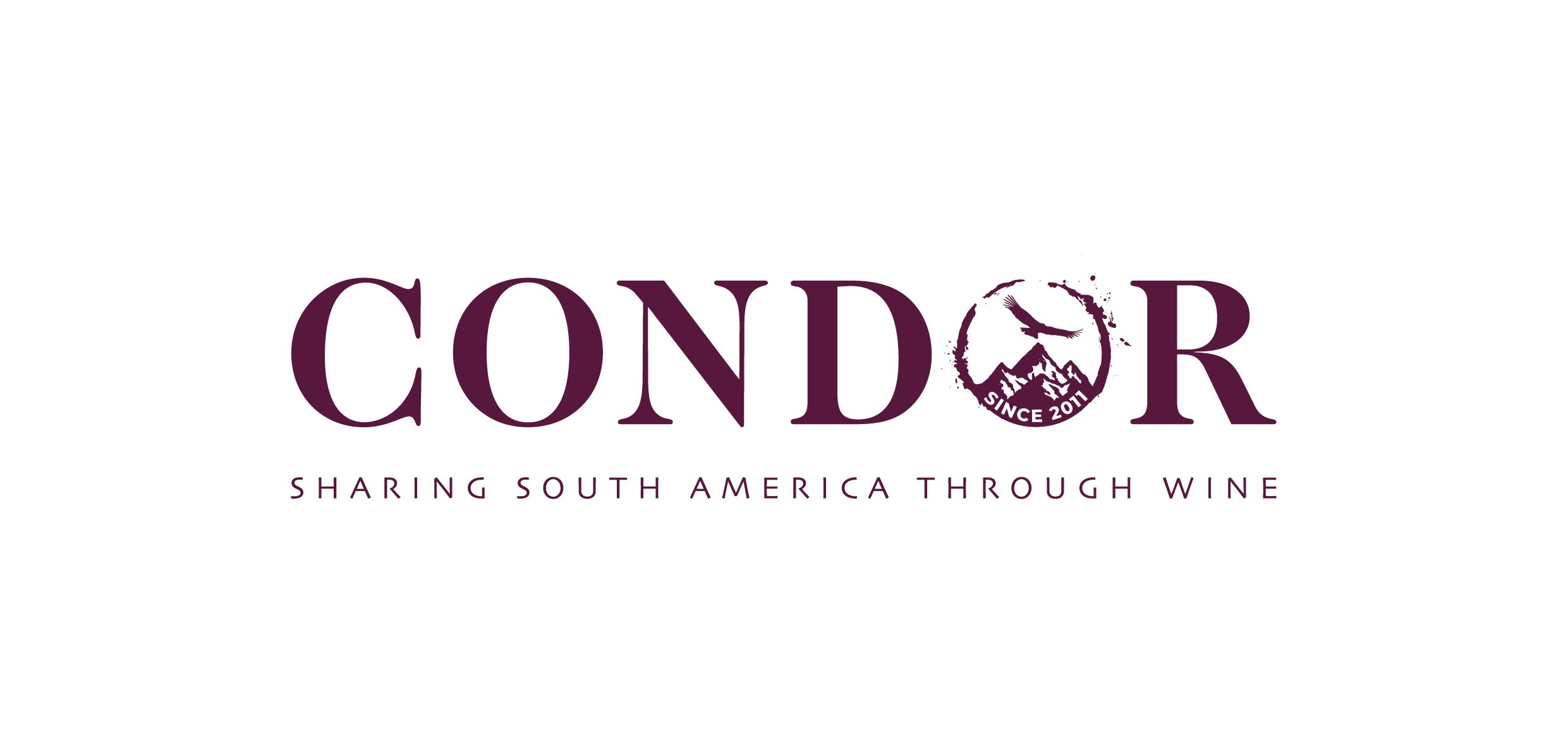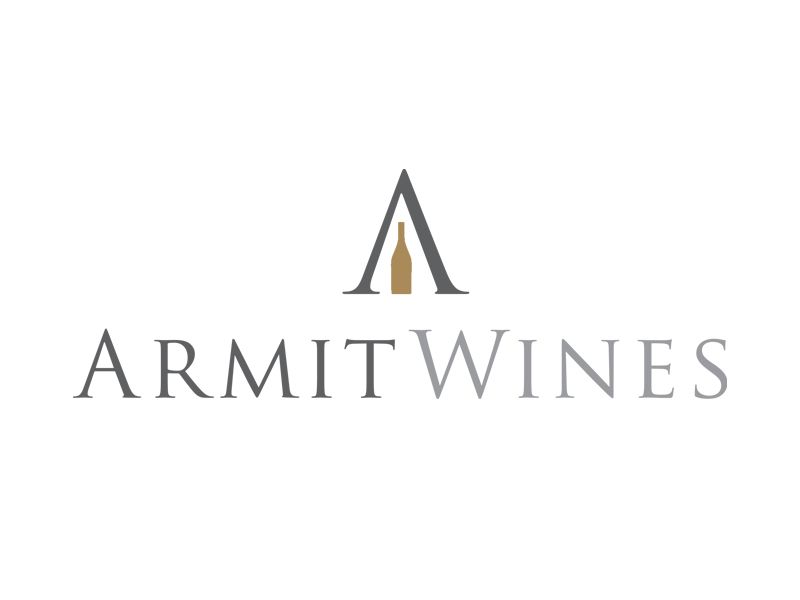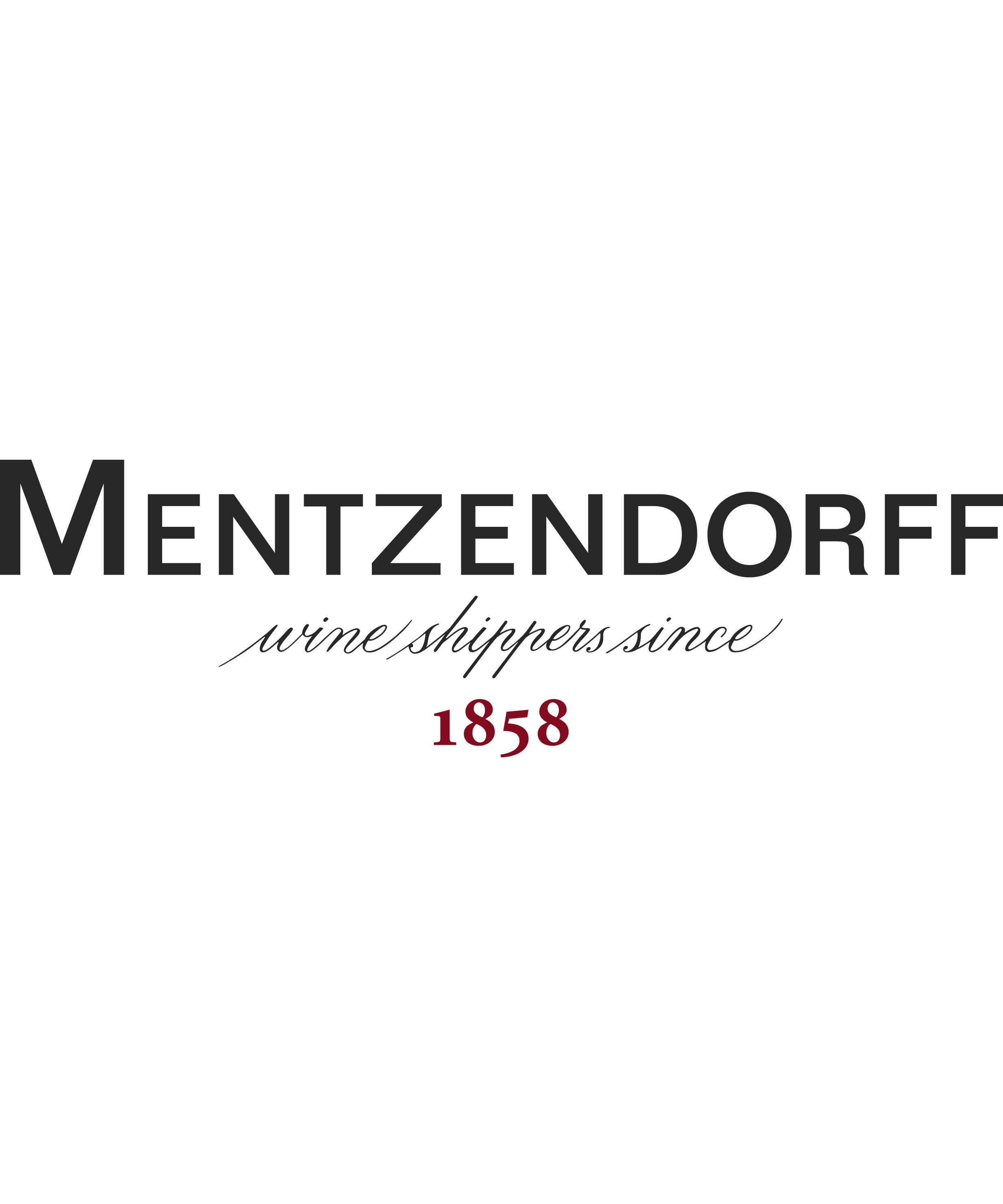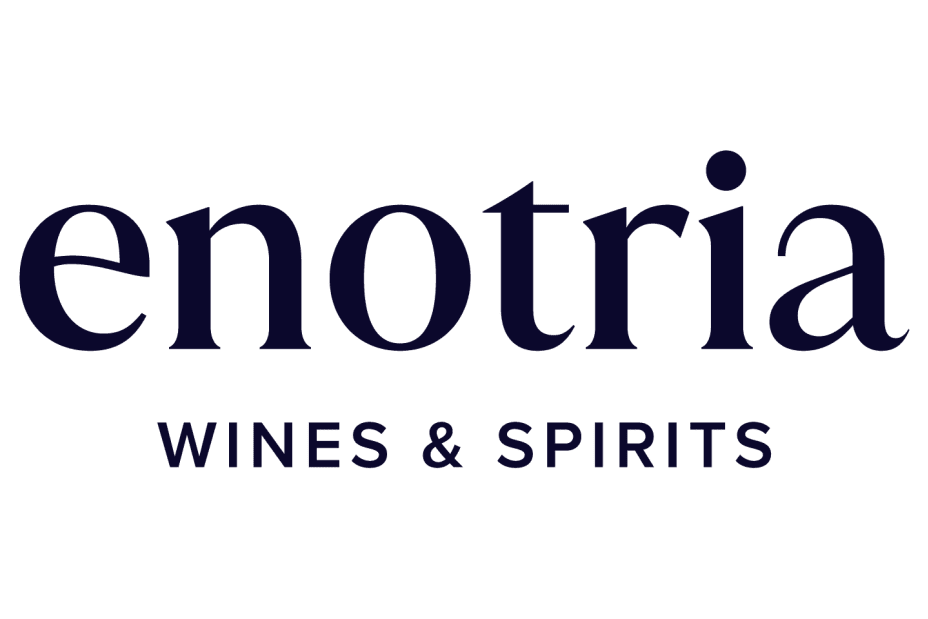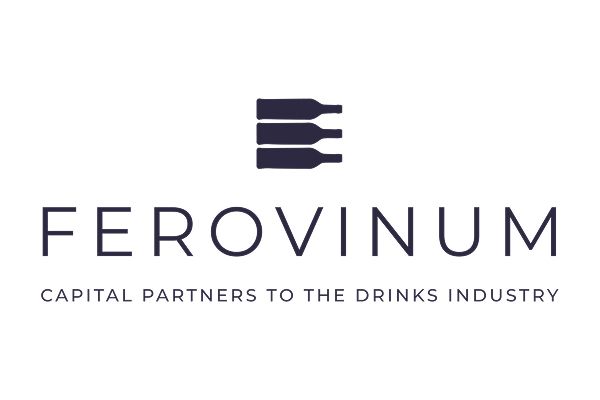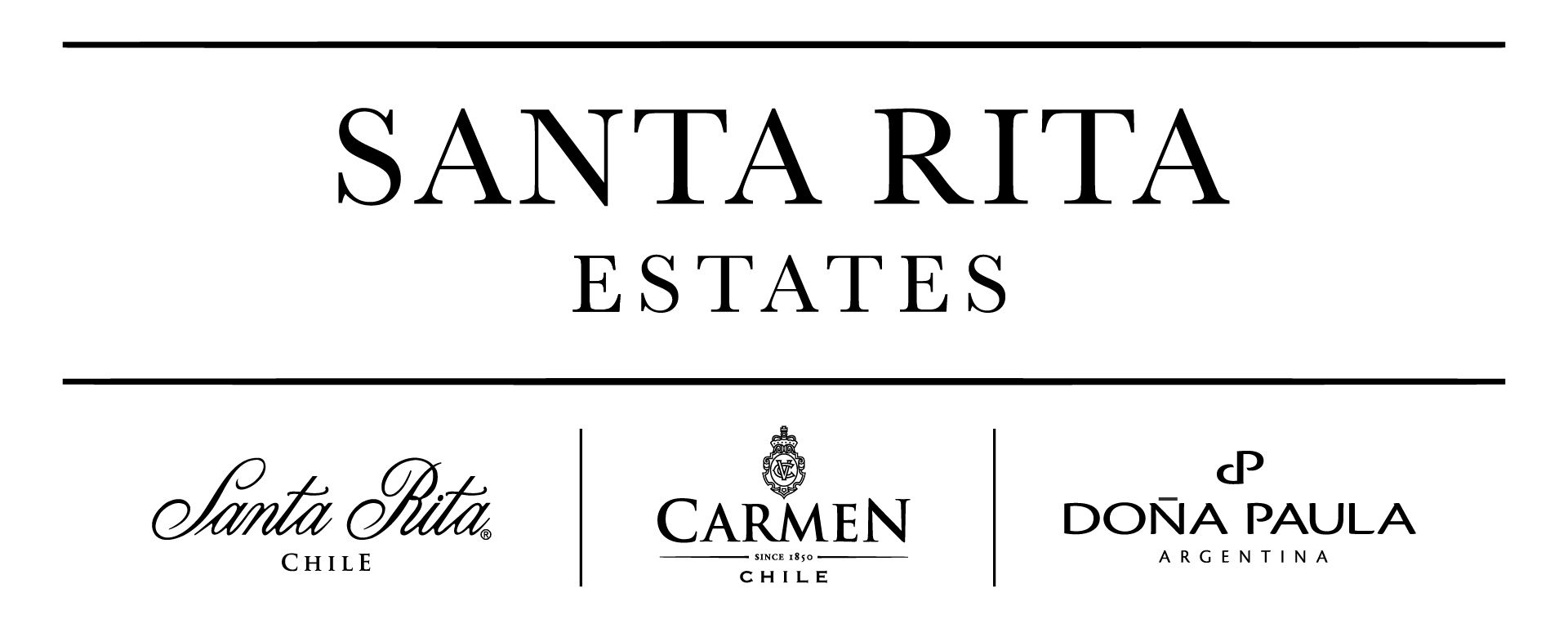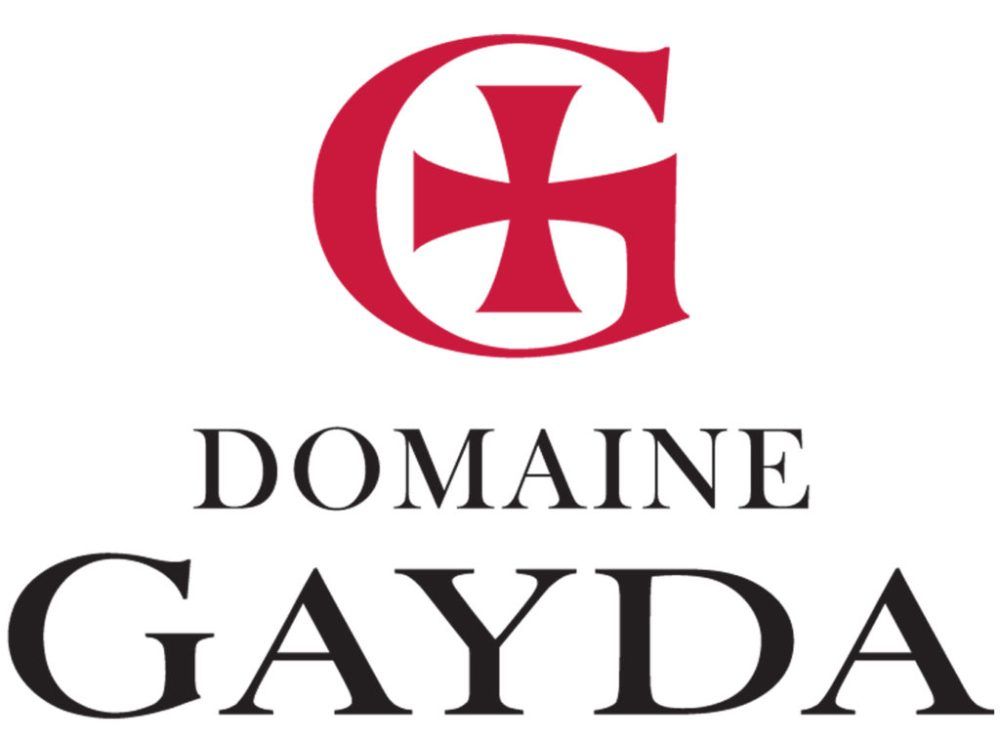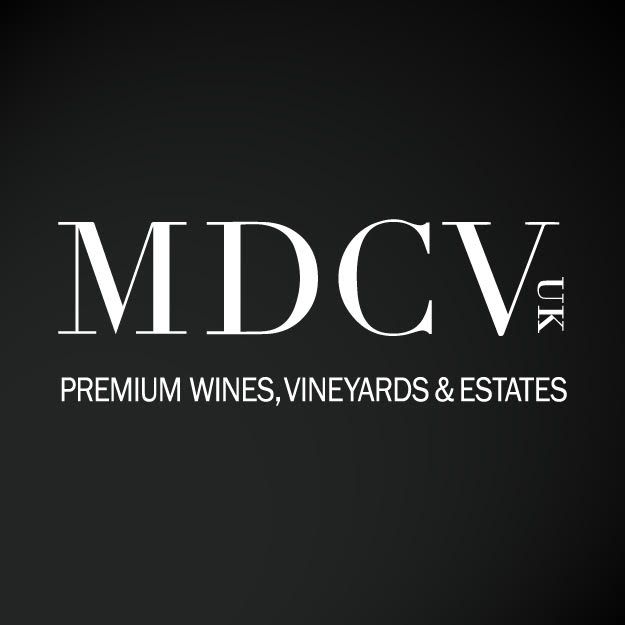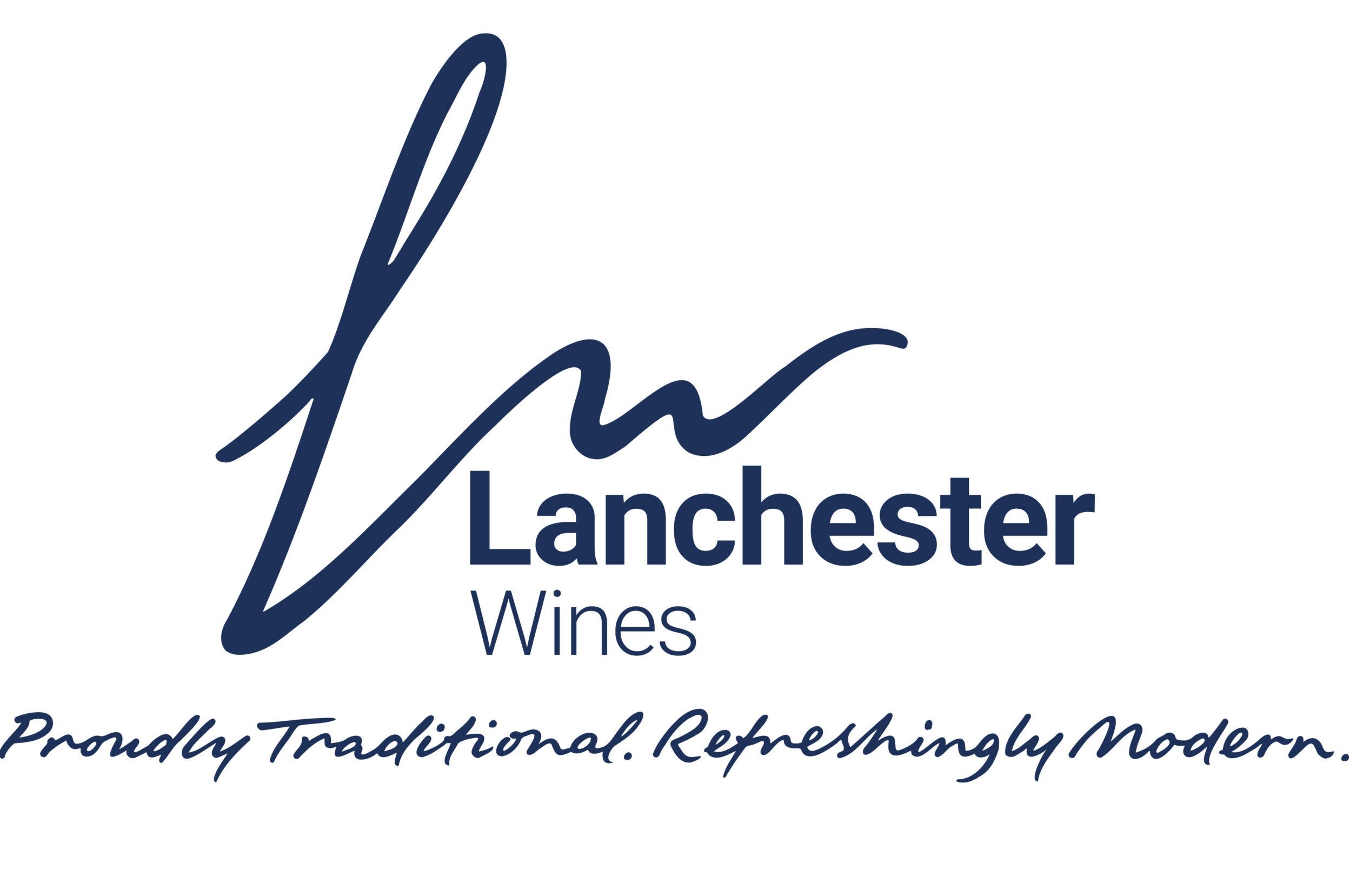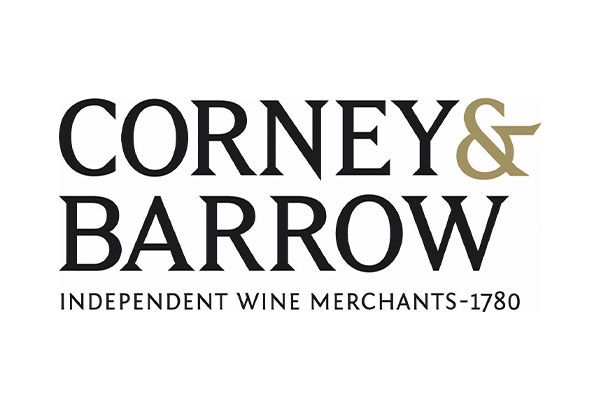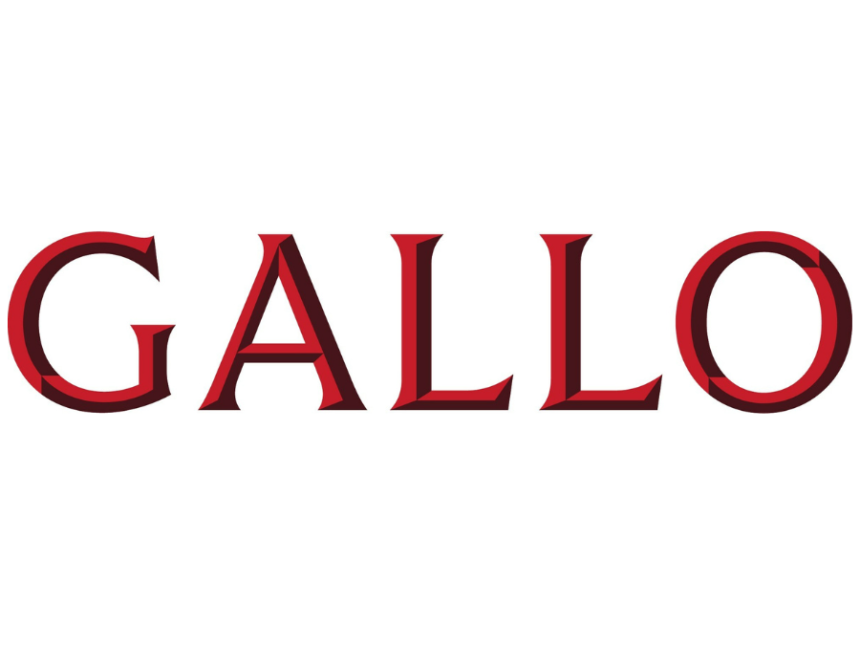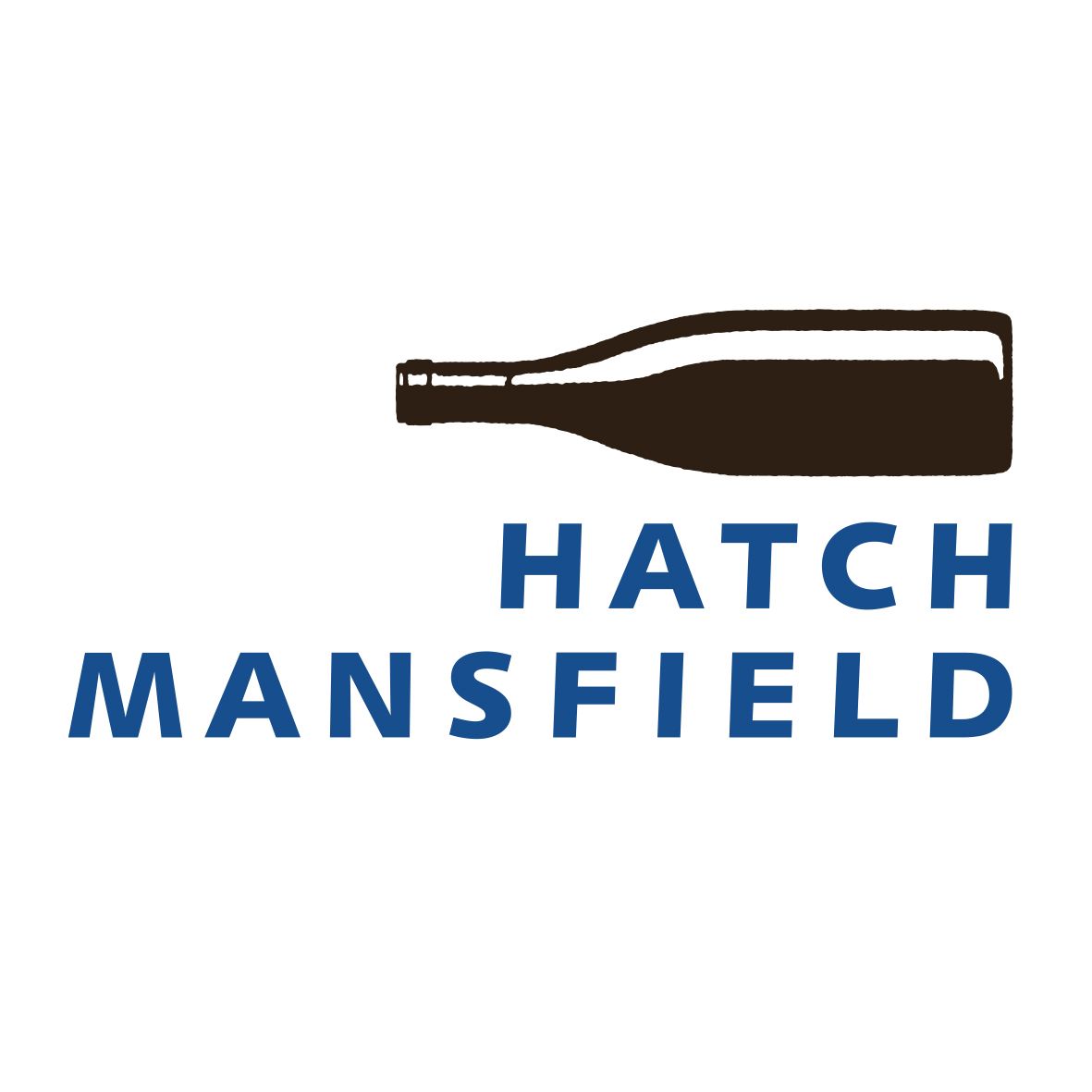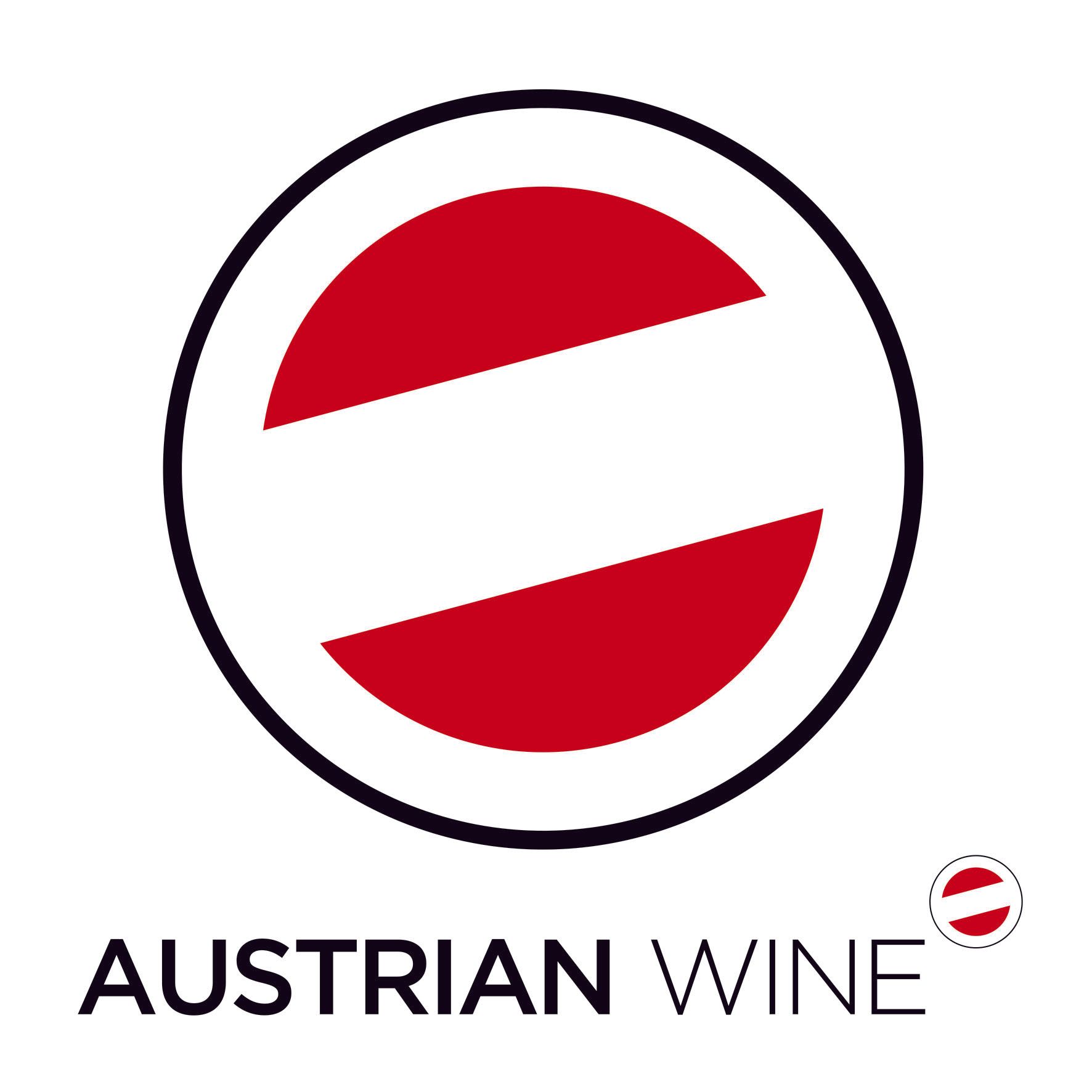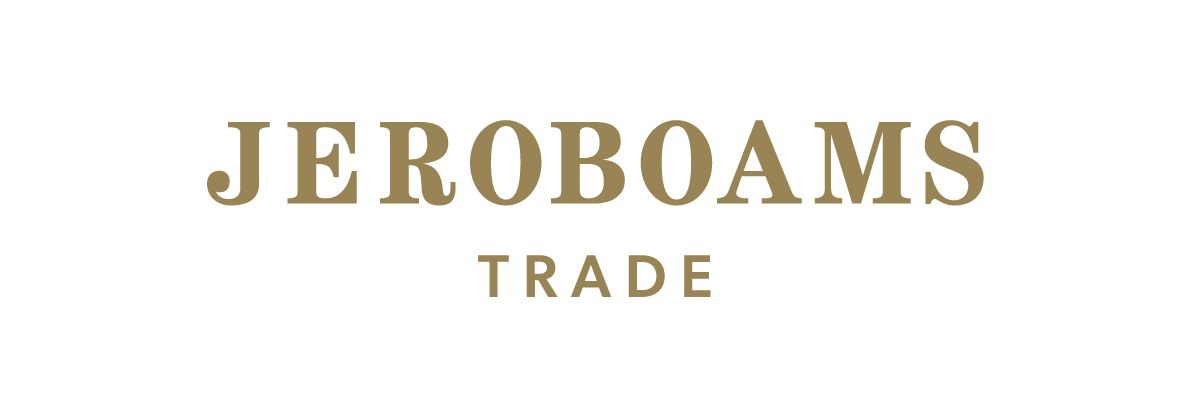If you are celebrating your 340th anniversary then you could be forgiven for talking about the past, just a little. In the case of Klein Constantia, one of the cornerstones of South African viticulture, founded in 1685, it could easily just wallow in the past having a far more illustrious history than most wine estates on the Cape. Famous imbibers of Vin de Constance, the sweet wine that is the estate’s flagship include Jane Austen, Charles Dickens, Napoleon, Baudelaire and, more recently Nelson Mandela.
It is unequivocally one of the world’s top sweet wines, in a category of its own although, as winemaker Matt Day likes to point out “my goal is to make the greatest sweet wine in the world… the last 5% of perfection being the difficult part.” He also likes to position the wine so that “when people are asked what is the best New World wine? Vin de Constance will always come into contention.”
He does admit, though, that the estate’s legacy can become a distraction.
“A lot of the time we talk about the past too much,” Day continues, “but the future is the most important thing. Today we are at a turning point so the next 340 years are what’s key.”
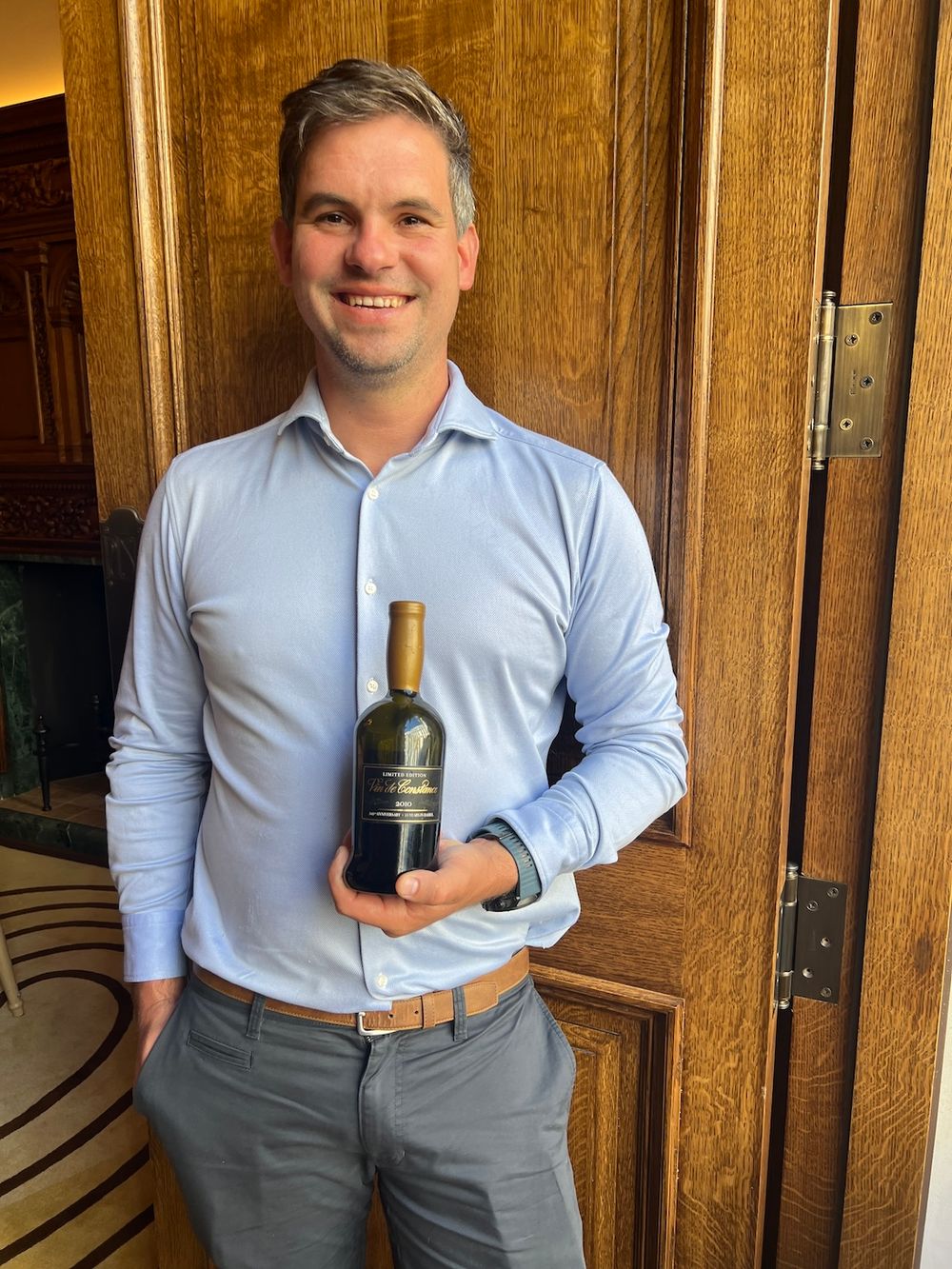
"Today we are at a turning point," Matt Day, Raffles Hotel, London, May 13, 2025
2010 Vin de Constance – one of a kind
We are sat in Saison by Mauro Colagreco, opposite Horseguards’ Parade as the rehearsals for Trooping the Colour are taking place. Day, who has been winemaker at Klein Constantia since 2012 is presenting the ‘missing’ vintage of 2010 Vin de Constance alongside Charles Harman, the UK-based businessman who, with Zdenek Bakal, bought the 146-hectare estate in 2011.
The 2010 Vin de Constance is being released to coincide with the estate’s 340th anniversary and the team could not have picked a wine more spectacular nor individual even given Klein Constantia’s rich history. For, rather than the 3-5 years ageing in barrel that is customary, the 2010 has been aged for 15 years in barrel. As such the wine represents a massive departure from its traditional winemaking and shows an entirely new facet to Vin de Constance as a wine – richer and more opulent in profile.
“This is the first time that the 2010 vintage has been released, with only a select number of bottles available from a total of seven barrels,” Day explains.
2010 was so challenging that Klein Constantia made no wine that year, with only 10% of fruit harvested. Seven barrels of Vin de Constance were left in the cellar, topped up over the years until the wine was deemed ready for release when it was tasted in November last year.
4,500 bottles have been produced with the UK, Vin de Constance’s top export territory, getting a healthy allocation of 970 bottles. The bottle has been given a distinctive black label, is not being sold through La Place, as the wine normally is, and has a raised selling price of £140 RRP for a 50cl bottle.

The wine was shown on the day bookended by the 2009 and 2011 Vin de Constance wines and served with a Lemon & Shortbread dessert that featured lemon curd, lemon leaf ice cream and citrus fruits.
The tasting showed how this terroir-driven wine differs hugely from vintage to vintage. Not only were the colours completely different – the 2011 a dark Madeira-like brown, the 2009 a deep gold – but the flavour profiles were similarly individual. The 2009 had brighter, more youthful peach and marmalade notes whereas the 2011 was darker and more broody with mocha and toffee developing on the palate.
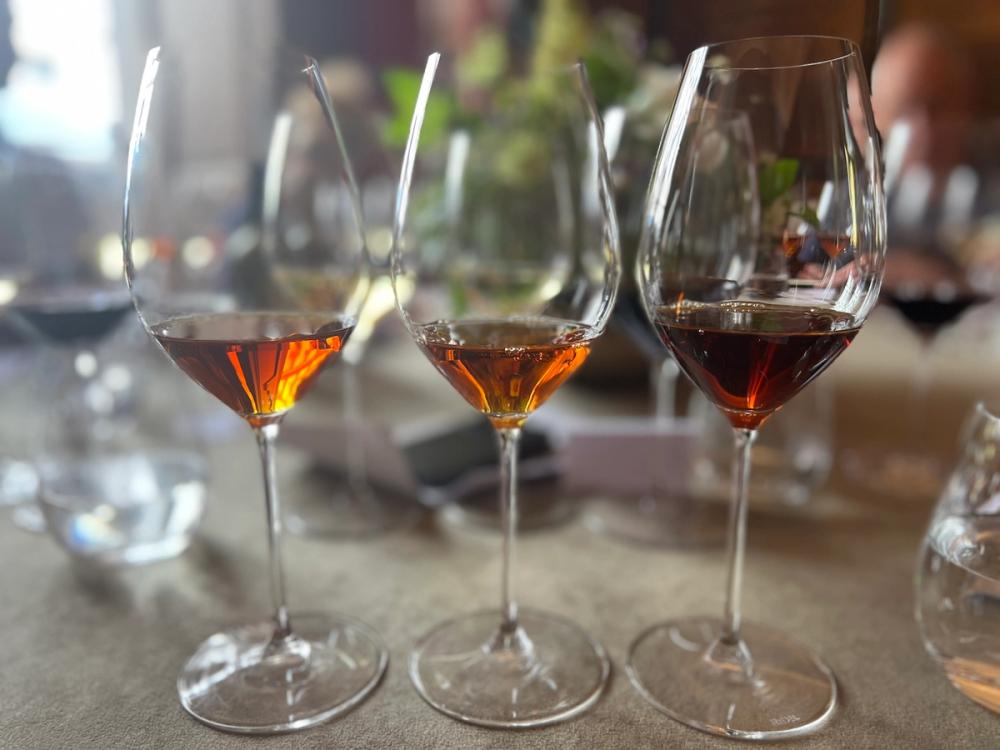
2009, 2010, 2011 Vin de Constance (l-r)
As for the 2010 Vin de Constance, I was struck by the incredible purity of the wine. The colour was russet gold with a brilliant luminosity. Of the three wines this was the truest to its variety aroma-wise with pretty and lifted Muscat de Frontignan first out of the glass, then more complexity as you might expect with nutmeg and sandalwood notes amongst others. In the mouth the wine was not overly oleaginous but fresh, concentrated and sensual – its fine acidity and citrus fruit balancing the sweetness better than the other two examples.
Probably the most outstanding aspect of the 2010 Vin de Constance is that it goes 'one better' than its still-remarkable ‘siblings’. I couldn’t help referencing Nigel Tufnell’s line from Spinal Tap – “Yeah but this goes to 11.”
The ’10 definitely goes to 11.
Anwilka and other wines

Matt Day describes his work at Klein Constantia as “a lifestyle not a job” and exudes a breathless passion for each one of ‘his babies’ (the 42 individual parcels of vines), the increased sustainability of the estate’s agriculture and also the rebuilding of the cellar with a focus on enhancing the experience of visitors to the estate.
If his key role as head winemaker is to mastermind each vintage of Vin de Constance, his over-riding passion is Sauvignon Blanc, of which the majority of the estate’s vineyards are planted with (30 hectares out of 65). Chardonnay, Cabernet Sauvignon, Merlot, Petit Verdot, Shiraz and Muscat de Frontignan make up the rest of the plantings.
“My goal is to push Sauvignon Blanc, to push the boundaries – to make a food-worthy wine, an age-worthy wine and a rock star wine.”
Having studied under Pascal Jolivet in Sancerre, Day waxes lyrical about the mix of Table Mountain sandstone and decomposed granitic soils at Constantia, the differing orientation and altitude of the vineyards and how these affect the different fruit flavours, acidity and concentration of the resulting wines.
“I learnt from Pascal, when I worked with him, that wine is made by soil,” he says.
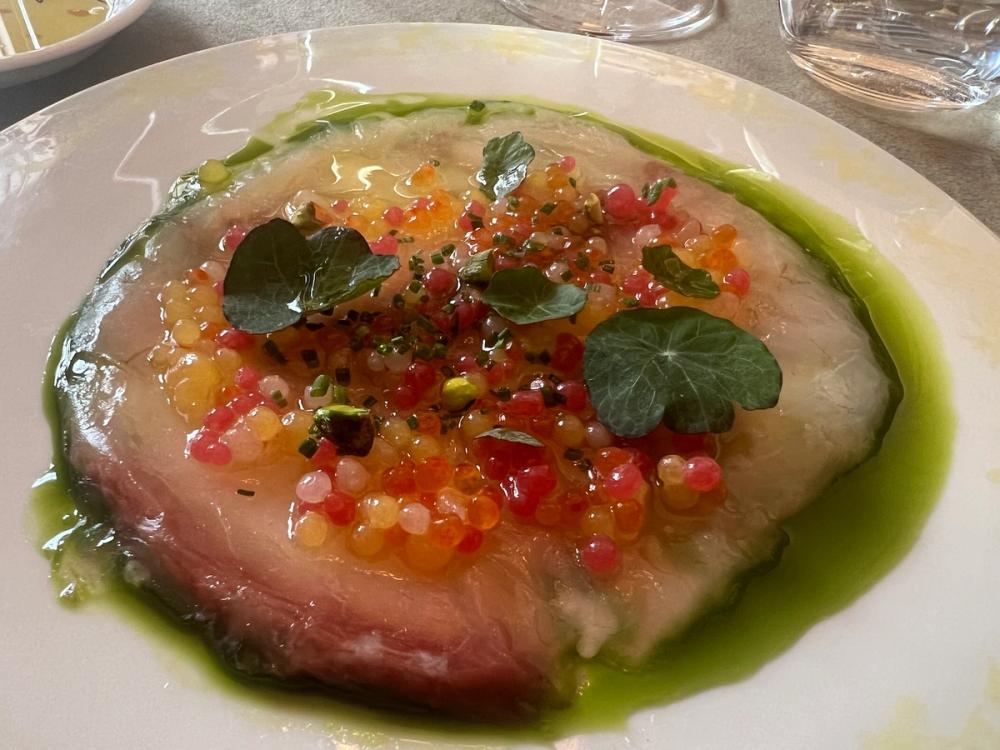
To make the Klein Constantia Clara Sauvignon Blanc 2021, which is paired with a ceviche of sea bream at today’s lunch-tasting dressed with citrus pearls, trout roe, honey and lemon, Day vinifies separately fruit from six single vineyards, giving it all a higher oxidised crush to remove volatile thiols, a wild ferment followed by ageing in 500-litre barrels (40% new) for nine months. He does add a smidge of Chenin Blanc to give the wine added backbone.
A fan of Loire Sauvignon Blanc I can say that the 2021 Clara (“all you had to do was show up with this vintage’” Day jokes) is very classy – and quite individual. It has oyster shell and mandarin on the nose, firm acidity, a tight, precise mouthfeel with ripe (but not over-bearing) fruit a touch of texture from the wood and a wonderful finish. It sits very well between Old and New World and is as far away from New Zealand Savvy Blanc as Marlborough is from Sancerre. With a few years on the clock it could still age well for best part of a decade and paired brilliantly with the food.
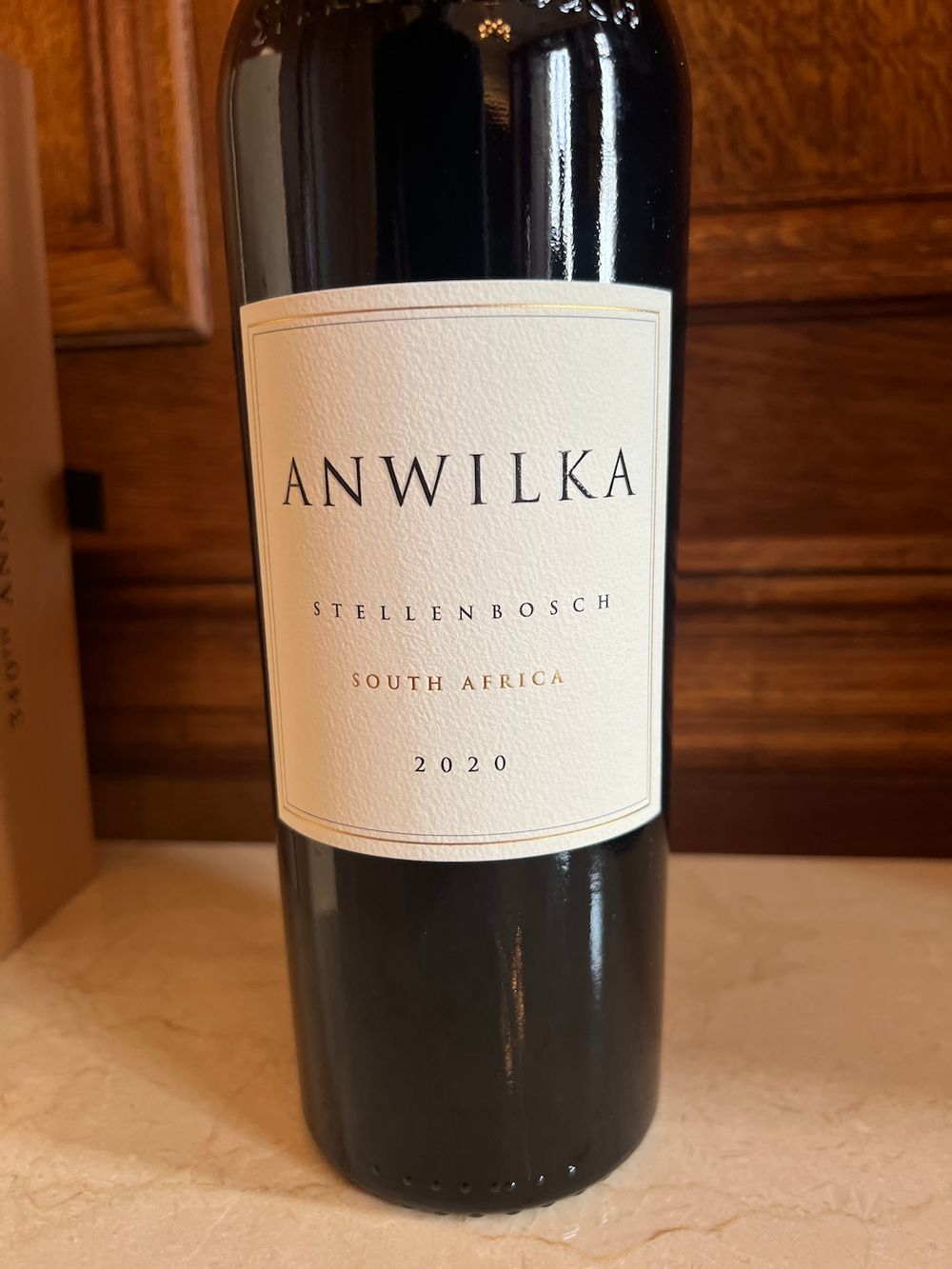
Apart from being head winemaker at Klein Constantia, Matt Day is also responsible for winemaking at Anwilka Vineyards, the Helderberg estate that merged with Klein Constantia in 2012. Anwilka is a joint venture between Constatia’s previous owner Lowell Jooste and Bordeaux luminaries Bruno Prats and Hubert de Boüard who became shareholders in Constantia as a result.

The accompanying best-ever chips not pictured!
Although Vin de Constance is a versatile wine to pair food with, the organisers sensibly served Anwilka 2020 with the main course of 32-day aged Hereford beef. This is one of just two Bordeaux blends that this estate produces with a 60/40% split between Cabernet Sauvignon and Syrah – the Syrah mimicking Merlot in the blend and adding finesse (Merlot being hard to grow in South Africa).
The Anwilka 2020 was just entering its drinking window – it’s a plush, fruit-driven wine, polished and decadent with good structure and tension giving the overall wine good balance.
The wines of Klein Constantia and Anwilka are imported and sold by Mentzendorff which is a commercial partner of The Buyer. To discover more about them click here.


